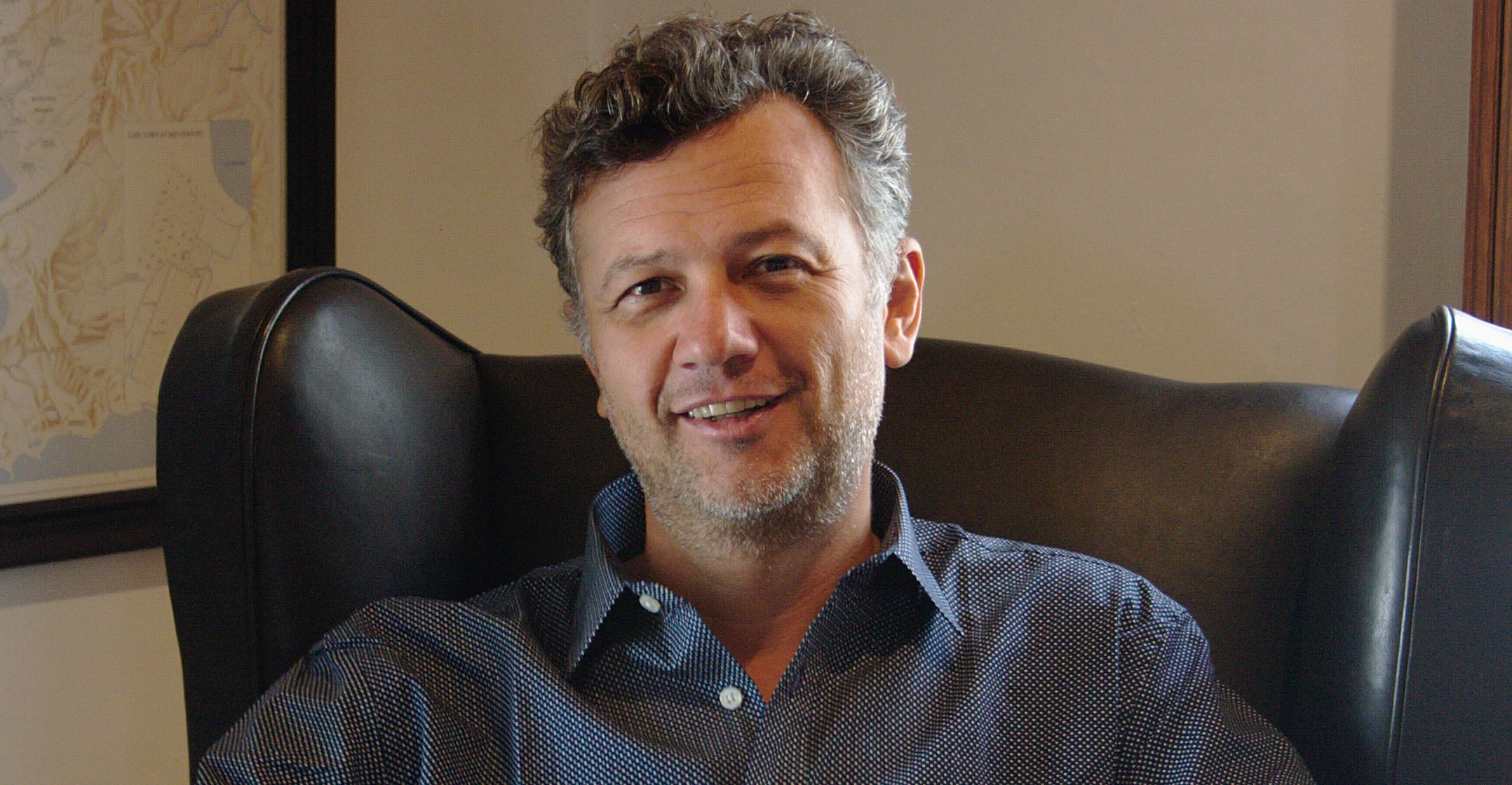
Bank Zero appears set to accelerate the evolution of the South African banking industry by offering a fresh take on banking and highly competitive fees.
The bank — the brainchild of tech entrepreneurs and banking innovators Michael Jordaan and Yatin Narsai — has received a provisional licence from the South African Reserve Bank. It is due to launch a smartphone app, through which transactional and savings accounts can be opened and managed, in the fourth quarter.
The digital-only play, built using free open-source technology, is expected to lower banking fees thanks — in part — due to a lack of legacy systems and absence of traditional bricks and mortar branches, which will enable it to keep costs down.
“We certainly hope to come up with a very competitive structure. We do realise that we have certain disadvantages — we won’t have branches and we won’t have lending products — so we’re going to have to make an impact in the areas where we’ll play, being deposits and fee structures.
“It’s a bit too early to disclose exactly what we’re going to do because that would give competitors an advantage but we really hope to delight you and other potential South African customers when we launch toward the end of this year,” said Jordaan, co-founder and chairman of Bank Zero, when asked whether his offering would be cheaper than that of Capitec. Of the listed banks, Capitec’s offering, which includes a base fee, pay-as-you-transact charges and interest on positive account balances, is considered the most competitive.
In an attempt to nurture a savings culture, the bank is to offer attractive interest rates on deposits and has chosen upfront not to engage in lending.
Its target market includes individuals and businesses, which it feels are under-served by the traditional banks.
New normal
In a statement, Jordaan said the bank’s offerings would be in line with modern day realities, where the likes of Facebook, WhatsApp, Twitter and Instagram represent a new normal. “Why shouldn’t banks also innovate in this era of wider connectedness whilst still ensuring a robust banking value proposition? Bank Zero is addressing these realities, while employing cutting-edge technologies, minimising typical admin-intensive processes and delivering state-of-the-art security.”
Bank Zero is to operate under a mutual licence, like that of Finbond, GBS and VBS. This will allow the bank to create financial communities and give customers the opportunity to become shareholders in the bank. Bank Zero will, after breaking even, be able to issue shares along with voting rights to deposit holders.

Jordaan would not disclose the value of the capital invested in Bank Zero nor its breakeven point, saying only that it is more than adequate in relation to the the Reserve Bank’s minimum requirements. The bank is being funded by seven individuals, all of whom are seasoned banking or IT and software development professionals, and is 45% black owned.
“We are fortunate in that we didn’t have go to any institution to raise the capital. And that does allow us to take a slightly different approach to the market. It means that we can focus on the long term so we’re not just focused on chasing short-term profitability; nor are we chasing maximum profitability in the short term. We really think that there is an opportunity here to cast many of the benefits of the business model and of the technology back into the target market in South Africa.”
Although no institutions are financial backers of the bank, it will have to select one of the big four banks as a mentor bank to help it fully integrate into the payment system. Jordaan said Bank Zero has not yet selected a mentor bank but that it will do so with guidance from the Reserve Bank.
It is likely to become the fourth new bank to enter the market in 2018 alongside Discovery’s bank, Tyme Digital by Commonwealth Bank and Post Bank.
- This article was originally published on Moneyweb and is used here with permission




